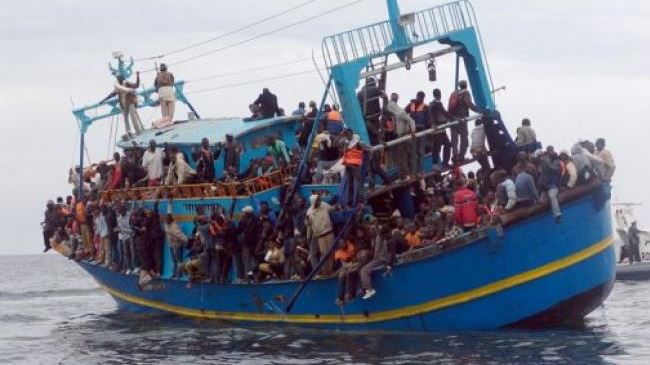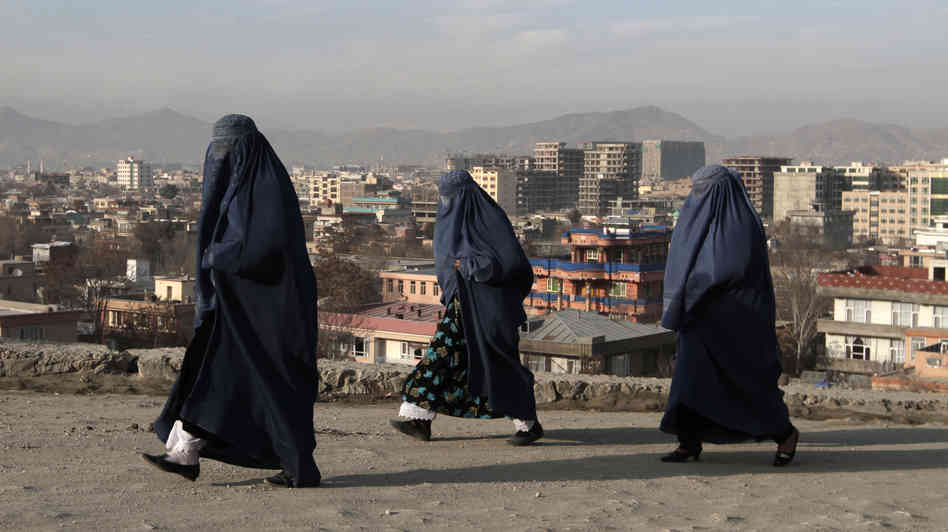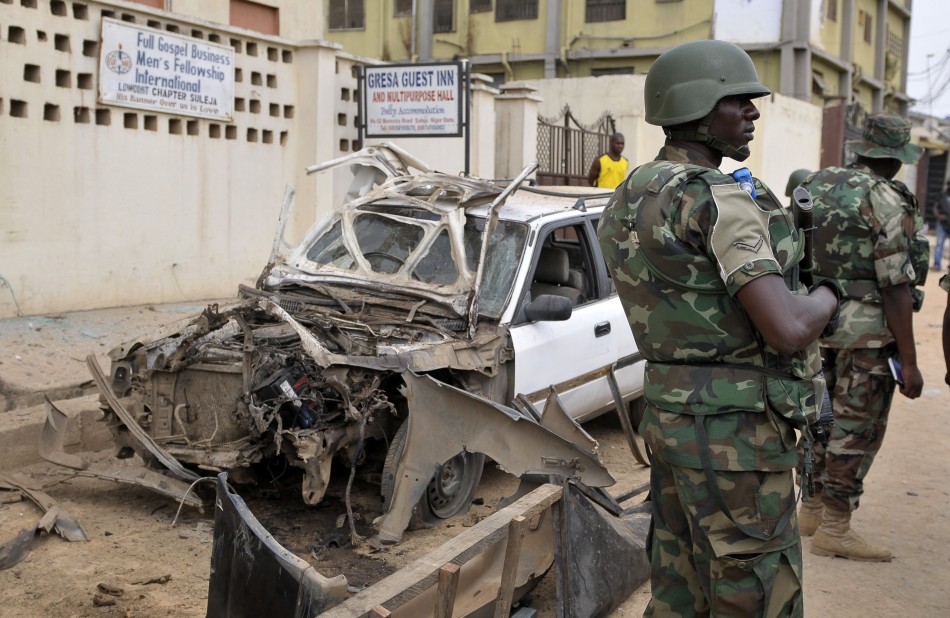On April 19, 2015, the deaths of 700 migrants being smuggled from Libya to Europe awakened the European Union’s need to address its undocumented migrant crisis. So far this year 1,800 people have lost their lives trying to escape the conflicts in Africa and the Middle East, mainly in Libya and the Sudan. In 2014, the EU received 626,000 applications for international protection, the highest since 1992. Their countries of origin range from Afghanistan and Syria, to Nigeria and Gambia. In the weeks that have followed, the EU has announced a “European Agenda on Migration” to deal with the migration crisis. The report calls for two different strategies, both controversial.
The first policy is an “EU-wide resettlement scheme to offer 20,000 places.” Every EU country is to take a certain number of refugees based on its GDP, population, unemployment and past number of asylum seekers. Many European countries have responded with outrage: Hungarian Prime Minister Viktor Orban said migrants should be in internment camps instead, equating them with terrorists and saying “Hungary will stop at nothing when it comes to protecting its citizens”. Other countries have been less belligerent, but still concerned. Eastern European countries receive far fewer asylum-applicants, and view a mandatory quota as an unnecessary hardship. The Czech Republic, for example, opposes the scheme as the country must accept more asylum seekers than a country like Sweden. The Czechs received 1,145 asylum applicants in 2014, while Sweden received 81,000.
The second policy proposes “Common Security and Defence Policy (CSDP) operations” to destroy smuggling vessels before they cross the Mediterranean. Unlike the immigration quotas, this policy has received unanimous consent from the member countries, and NATO has ensured its aid if the operation gains UN support. Currently, Russia disagrees with the EU resolution due to the use of the word “destroy” in relation to the smugglers, and the presence of European warships in Libyan territorial waters. But this issue of semantics is likely to be overcome, according to UN diplomats, especially since the plan avoids “boots on the ground.” Since this operation is based on tactics used against Somalian pirates, it is expected to meet similar success in its authorization.
 However, this equating of smuggling networks to Somalian pirates highlights the mission’s shortcomings. Whereas Somali pirates are well organized and have connections with international crime networks, smugglers in Libya are often unconnected with one another, and refrain from larger crimes such as extortion and kidnapping. The smugglers range from former members of Gaddafi’s mercenary army to ordinary villagers using their fishing boats to make extra money. In most cases, smugglers do not travel with the boats; rather they load the ships and make the migrants sail them. Given the civilian nature of most of these boats, it is difficult to ascertain if the owner desires to use them for smuggling. The idea of both countering Somali pirates and the new EU strategy is to emphasize deterrence, but the lack of organization between smugglers show this is less of a crisis against international crime, and more a humanitarian one.
However, this equating of smuggling networks to Somalian pirates highlights the mission’s shortcomings. Whereas Somali pirates are well organized and have connections with international crime networks, smugglers in Libya are often unconnected with one another, and refrain from larger crimes such as extortion and kidnapping. The smugglers range from former members of Gaddafi’s mercenary army to ordinary villagers using their fishing boats to make extra money. In most cases, smugglers do not travel with the boats; rather they load the ships and make the migrants sail them. Given the civilian nature of most of these boats, it is difficult to ascertain if the owner desires to use them for smuggling. The idea of both countering Somali pirates and the new EU strategy is to emphasize deterrence, but the lack of organization between smugglers show this is less of a crisis against international crime, and more a humanitarian one.
Deterrence theory may not work in this instance as it will not ebb the flow of economic migrants and refugees. Before 2013, most migrants entered through Greece, but that country responded with enhanced border controls, detention centres, and the construction of a barbed-wire fence along the Turkish border. These measures were similarly used for deterrence, but without success. Many still got past, and others turned to the Mediterranean to travel instead. Alexis Tsipras initiated a change in policy in March by announcing these detention centres would be closed, and granting citizenship to second-generation migrants.
The two best long-term ways to deal with the migration crisis is either to find an end to the perennial conflicts, or to streamline the procedure to allow the safe entry of migrants. The first is well beyond Europe’s military or diplomatic capabilities, and the second is well beyond the tolerance of many European voters. The EU’s 20,000 asylum quota is a fraction of the 600,000 annual applicants, yet still generated intense condemnation within member states. With many right-wing European parties being both anti-immigrant and anti-EU, any signal to allow more asylum seekers will not be well-received by these vocal groups.
Before last month, refusing to act was always the preferred course of action. Frontex – the EU agency in charge of securing external borders, had its annual budget cut from €118 million in 2011 to €89 million in 2014, even though its search and rescue operations were effective in saving migrants stranded in the Mediterranean. Now the EU can no longer avoid the hardships of these migrants, but is unable to respond appropriately due to domestic backlash. Thus, the issue is on course to become a military one, and the EU may be forced to commit to a strategy not yet proven to be effective.




